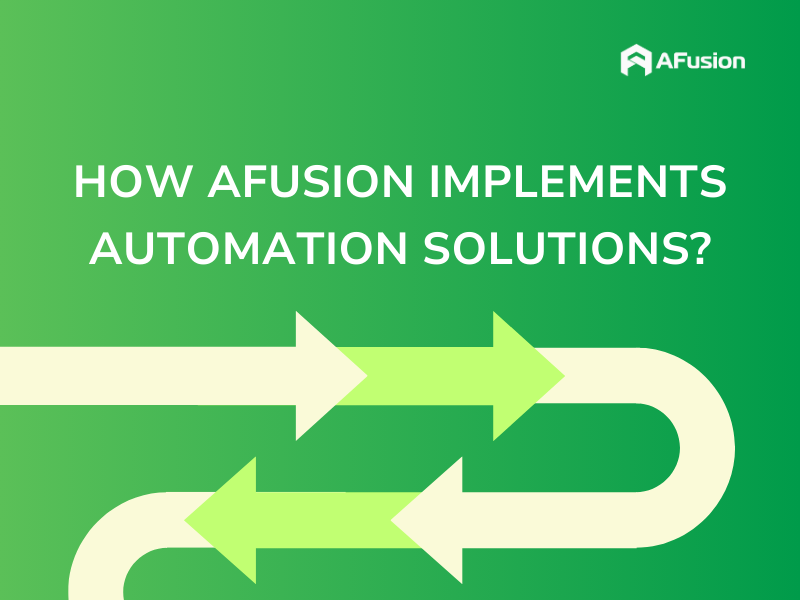Resources > Blog > 35> Optimization – Outsourcing the Record to Report process
Optimization – Outsourcing
The Record To Report Process
Financial reporting plays a crucial role in business operations, helping to consolidate accounting data, facilitate tax settlements, and provide essential information for strategic decision-making. An accurate and consistent financial reporting system not only ensures compliance with legal regulations but also optimizes financial management processes.
However, in reality, financial data processing is rarely smooth. It often involves various challenges, such as errors, delays, and data inconsistencies, which can cause significant headaches for businesses. This is why the Record to Report (R2R) process was introduced—a structured approach to organizing and managing financial data more effectively. Beyond accelerating financial reporting, record to report (R2R) also assists businesses in risk analysis, financial forecasting, and long-term strategic planning with greater precision.
What is the Record to Report (R2R) process?
Record to Report (R2R) is a fundamental financial process that transforms daily business transactions into meaningful financial reports. Simply put, it begins with recording revenues and expenses and culminates in the preparation of financial reports for each accounting period (monthly, quarterly, or annually). This process not only demands high accuracy but must also be timely to enable businesses to make informed decisions.
In reality, businesses constantly face unforeseen risks and challenges. To respond effectively, they require a comprehensive view and accurate analysis of their cash flow. This is where the finance department plays a pivotal role, ensuring that data is collected and processed swiftly, allowing businesses to take immediate action when needed. Therefore, optimizing the R2R process – from data recording to financial reporting – is key to ensuring smooth business operations, minimizing risks, and formulating appropriate financial strategies.

Key steps in the record to report (R2R) process
The record to report (R2R) process consists of several crucial steps to ensure that financial data is recorded accurately, processed promptly, and complies with accounting standards. Below are the primary steps:
1. Data Collection, Recording, and Validation
2. General Ledger Maintenance
The general ledger serves as the central repository for financial data. At the end of each accounting period, accountants review the ledger to ensure that all transactions have been accurately recorded before proceeding to the next cycle.
3. Account Reconciliation
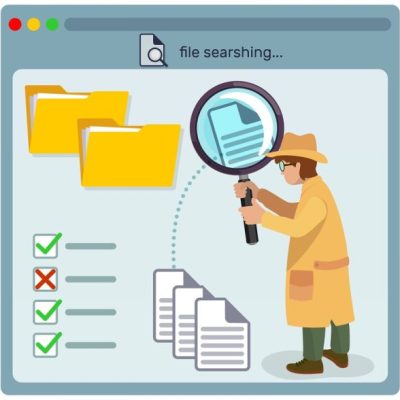
4. Financial Reporting
This step consolidates data from various departments to generate critical financial reports such as balance sheets, cash flow statements, and income statements. The data must be 100% accurate and comply with accounting standards while providing transparency to stakeholders, investors, and management.
5. Financial Analysis
This stage involves interpreting financial data to extract valuable insights, such as identifying business trends, assessing performance metrics, and pinpointing areas for improvement. These insights serve as a foundation for strategic decision-making.
6. Period-End Closing
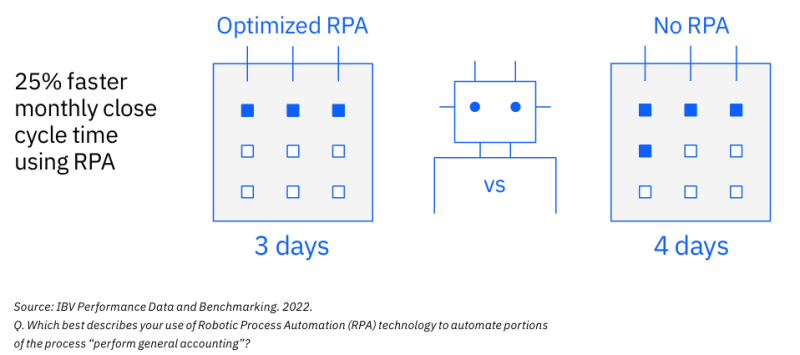
7. Audit, Evaluation, and Continuous Improvement
The final step is to assess the entire R2R process to enhance efficiency and ensure transparency. Adhering to accounting standards and implementing internal control mechanisms help businesses operate smoothly while mitigating financial risks.
Challenges in the record to report (R2R) process
Several challenges arise in the R2R process that financial professionals must address. According to research by Deloitte and ISG provide lens, four major challenges include:
- Data Accuracy – A minor error can have major consequences: No business wants inaccurate financial reports. However, according to a report by Accounting Magazine, 75% of accounting professionals do not fully trust the accuracy of their final financial close. Additionally, 90% of finance personnel work overtime to close books, and 25% state that closing pressures contribute to employee turnover. The root cause of these issues is often manual data entry, which is prone to human error. Automation alleviates these pressures by minimizing errors and speeding up data processing.
- High Transaction Volume – Managing a ‘Sea of Data’: Businesses handle hundreds or even thousands of financial transactions daily. Without an efficient control system, data can be misplaced, reconciliations can be inaccurate, and financial reports can be delayed. Imagine an accountant scrambling to locate invoices and verify figures under tight deadlines—such pressures can be overwhelming. Standardizing and optimizing the process from the outset helps businesses avoid costly errors.
- Technology Integration – Software Alone is Not Enough: While technology has significantly improved the speed and accuracy of R2R, poor implementation can cause more harm than good. Effective automation systems must integrate seamlessly with existing accounting workflows. This requires close collaboration between finance and IT teams. Without proper coordination, businesses may waste substantial time and resources on a system that ultimately remains underutilized.
- Regulatory Compliance – Keeping Up with Constantly Changing Laws: Accounting regulations and financial reporting requirements are frequently updated. Businesses must stay informed to avoid penalties for incorrect or late filings and to maintain corporate credibility. A robust control process ensures that financial reports always comply with the latest regulations.
R2R Outsourcing – The Ultimate Solution for Businesses
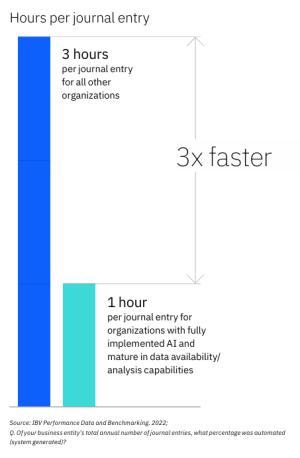
Benefits of record to report (R2R) Outsourcing Services
- Increased Efficiency and Cost Optimization: Outsourcing R2R processes streamlines workflows, minimizes operational costs, and ensures accuracy and transparency. Businesses can leverage a team of experienced professionals without investing time in hiring and training in-house staff.
- Scalability and Flexibility: Building an internal R2R team is time-consuming and requires extensive talent acquisition efforts. In contrast, outsourcing allows businesses to scale operations quickly and adjust resources flexibly without significantly increasing personnel costs.
- Access to Cutting-Edge Technology: Leading R2R outsourcing providers utilize AI, Machine Learning, OCR, and RPA to optimize data collection, validation, and reporting. This ensures:
- Faster financial processing times
- Elimination of data entry errors
- Highly accurate and transparent reporting
According to Market research, the global financial and accounting outsourcing market is expected to reach $75.2 billion by 2030, highlighting the increasing trust businesses place in outsourcing services.
Modern businesses seek an R2R process that is not only efficient but also strategically aligned with financial analysis, compliance, and risk mitigation. Accurate financial reporting is essential but can be hindered by fragmented workflows and manual inefficiencies. These bottlenecks create risks, from compliance violations to delays in strategic decision-making.
Before tackling the strategic side – reporting, businesses need to do a good job of input – recording.
Accurate financial reporting is crucial but can be hampered by fragmented workflows and manual processes. These inefficiencies create risks, from compliance violations to delayed strategic data. And AFusion can help you do the “record” work more smoothly and quickly. The solution supports customers in transforming the general accounting function so that the finance department can forecast quickly and achieve high accuracy.
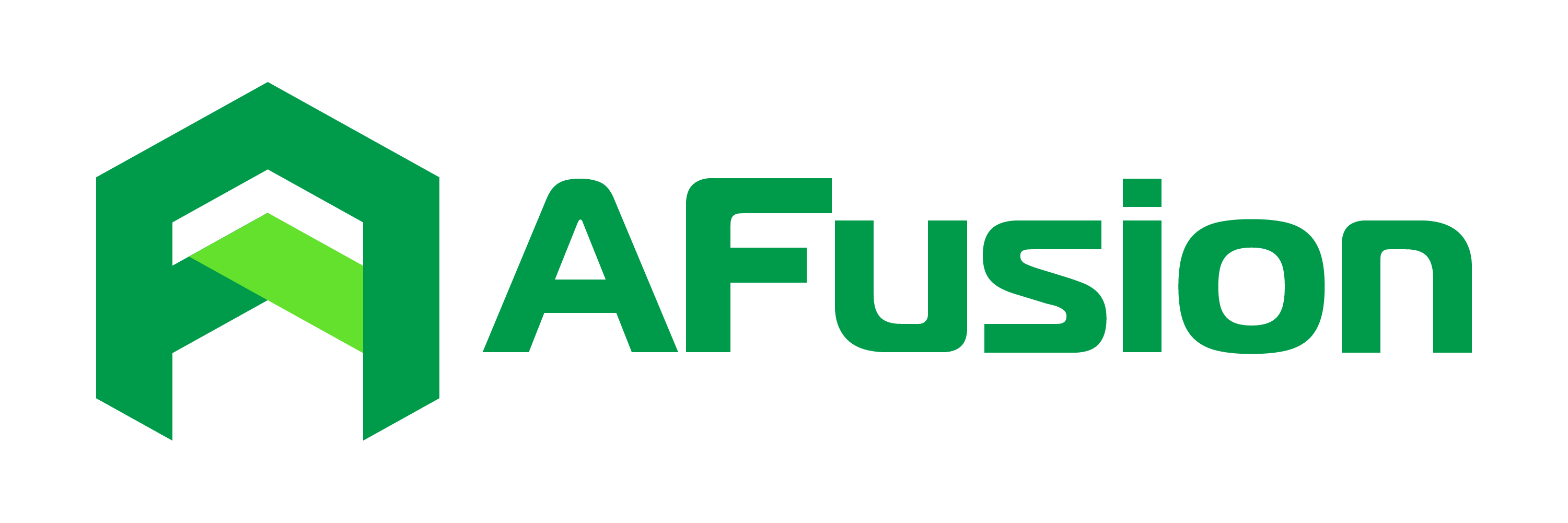


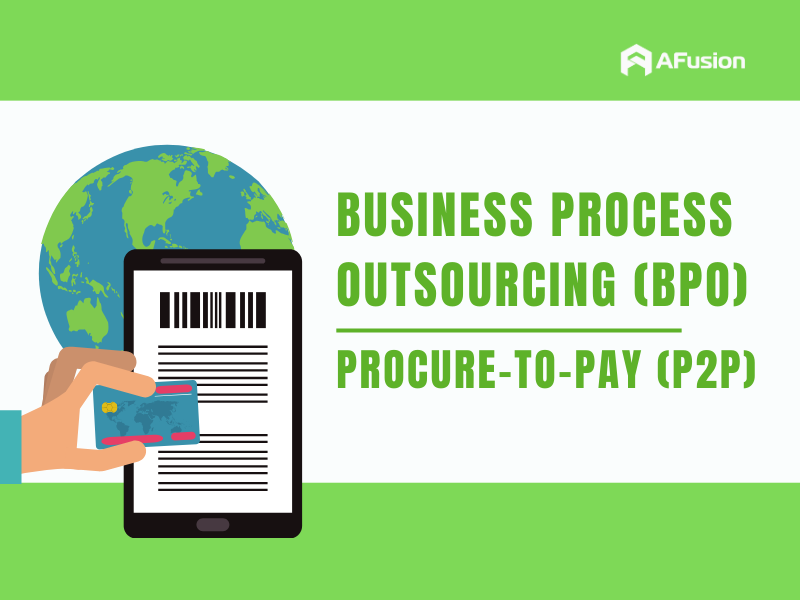 Previous Post
Previous Post Next Post
Next Post